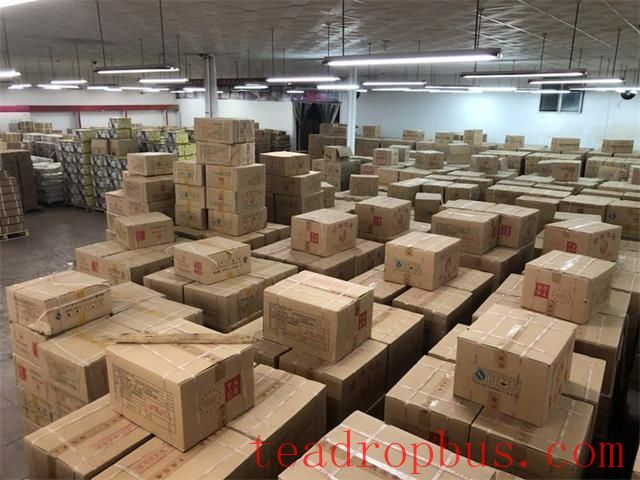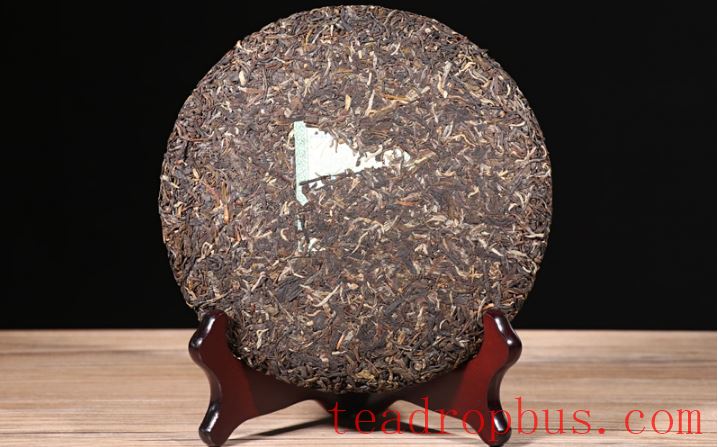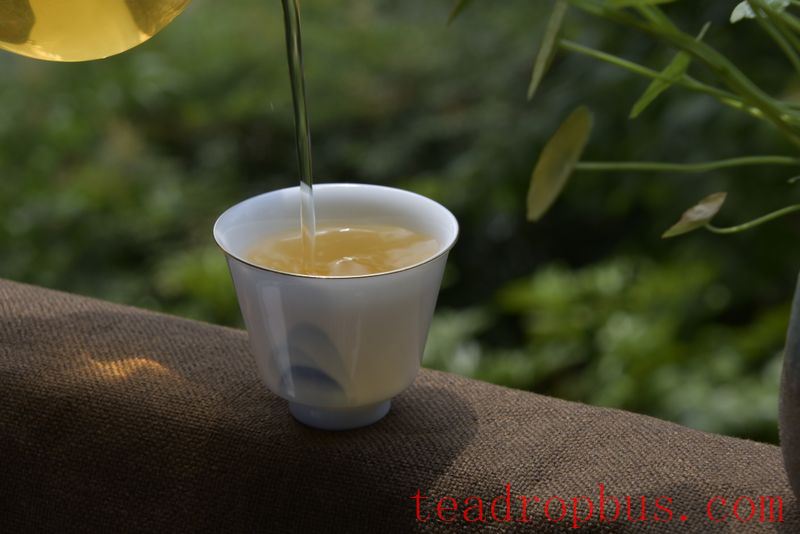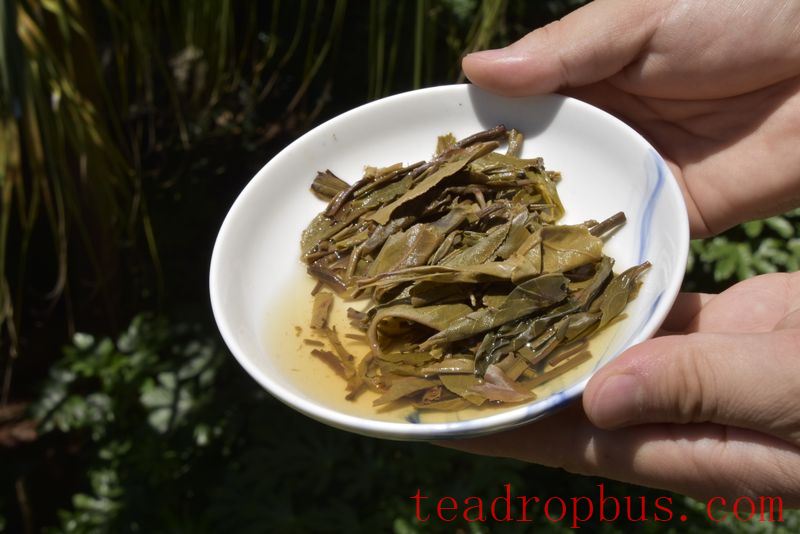The aroma and taste of Pu'er Tea after brewing are determined by the raw materials, processing methods, and storage conditions. Due to differences in storage environments across regions, the same tea can develop vastly different taste characteristics after a few years of aging. When selecting mid-aged and older teas, in addition to considering factors like brand, price, and vintage, where the tea has been stored and aged is also very important. Many tea enthusiasts enjoy Pu'er tea from the Kunming warehouse. What makes them special?

The Characteristics of Kunming Warehouse Pu'er Tea
First, Aroma: The aroma changes relatively noticeably, often featuring honey-like scents. However, undesirable aromas such as smoky, burnt, or moldy smells are harder to eliminate.
Second, Soup Color: In the first two years, there isn't much change in the soup color, but later it becomes more distinctive, primarily a clear yellow. Generally, the soup isn't sufficiently transparent or thick. The clear Yellow Tea soup turns into a clear red when cooled. Older teas tend to exhibit an amber color, while younger Bud teas are more likely to produce a clear red hue.
Third, Taste: In the early years, the taste is predominantly intense, with bitterness and astringency dissipating slowly. The flavors are distinct, but the overall mouthfeel is less comfortable. The Sweetness is not as pronounced as in teas stored under humid conditions. Over time, the taste becomes milder, and after 3-5 years, a plum-like sourness appears, indicating that the tea has reached a drinkable stage.

Fourth, Leaf Base: In the first two years, there isn't a significant change in the leaf base, which tends to be green, with obvious red and yellow leaves from initial processing. After about three years, the leaf base turns more yellow with a hint of green, and the red leaves approach the natural color of the leaf base. With subsequent years, the color of the leaf base gradually becomes more uniform.
The quality of teas stored in the Kunming warehouse is highly predictable. They can largely avoid mold and degradation, and have minimal loss. The most notable feature is their high-aroma, excellent sweetness and purity, and virtually no warehouse-specific odors. Even novice tea enthusiasts won't find them unpalatable, making them suitable for a wide range of drinking preferences.

The Taste Characteristics of Kunming Warehouse Pu'er Tea
1. High Aroma
A prominent characteristic of aged Pu'er tea from the Kunming warehouse is its high aroma. Whether sniffing dry tea leaves, the cup bottom, or the tea soup, one can feel a strong tea fragrance.
Pu'er tea stored in the Kunming warehouse typically exhibits a honey-like aroma. When stored in areas with higher temperature and humidity, Pu'er tea develops different aromas, usually more restrained and mature scents like aged or medicinal fragrances.
2. Smooth, Sweet Taste
After several years of aging, soluble sugars in Pu'er tea increase, enhancing its palatability.
For Pu'er teas with some age on the market, the sweetness is usually quite noticeable. What sets the Kunming warehouse apart is the clean and refreshing taste. In contrast, teas stored in the warmer and more humid environments of the Xishuangbanna or Guangdong warehouses have a richer mouthfeel but carry a distinctive aged flavor that not all tea enthusiasts enjoy.

3. Higher Overall Purity
Due to the dry climate in Kunming, Pu'er tea is less likely to become damp during storage.
If tea absorbs too much moisture, its internal substances will transform rapidly, potentially resulting in unpleasant odors in the short term; in severe cases, this can cause the tea to mold and lose its value for consumption.
In comparison, aged teas from the Kunming warehouse not only have a higher level of purity when tasted but also appear cleaner and neater in appearance.